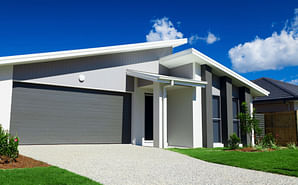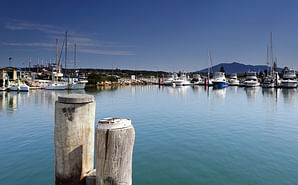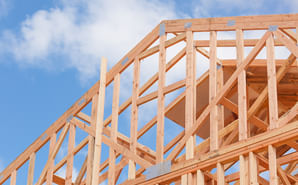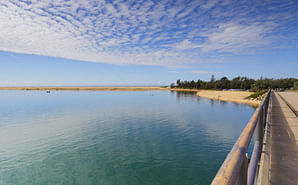Preparing to Build
Budgeting and things to consider before you design
Preparing to Build
Before you start to plan the rebuild of your home, there are some important things to consider, such as:
- budget
- site location
- designing and ways to rebuild
- landscaping
- sustainability
Pathway Home workshops with Tim Lee from Architects Assist, outlined some important information to consider before you plan your rebuild.
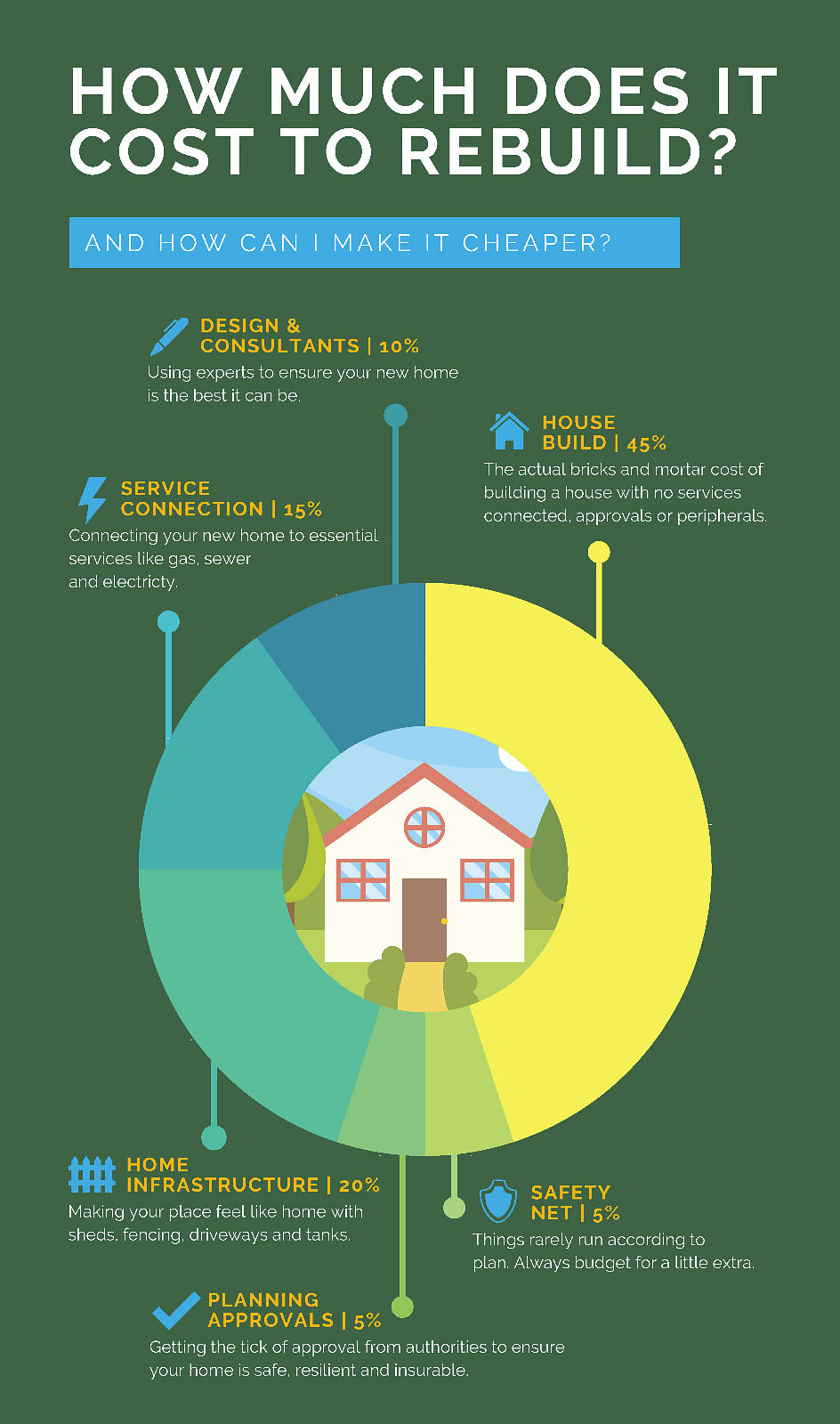 How should I allocate much budget?
How should I allocate much budget?
This is a guide only, for you to consider all the cost involved for rebuilding.
- 10% for design & consultants, building design, engineering
- 15% for services such as power, water, communications
- 20% for peripherals such as sheds, roads, fences, tanks
- 5% for approvals from council & other authorities
- 5% for a safety net for unforeseen elements
- 45% for building your house
Make it Cheaper
- Connect with organisations like Building Angels that can support you with professional planning and building services, and discounted supplies.
- Off-the-shelf architectural plans may be an option. Also, Council is providing BAL rating assessments free to bushfire impacted people.
- Council and the NSW government are offering rates and charges relief packages to eligible people. Also, consider solar to save on power bills.
- All DA lodgement fees, including pre-lodgement advice has been waived for bushfire impacted people wanting to rebuild.
- The federal government's HomeBuilder scheme offers $25,000 to eligible buyers of new and off-the-plan homes. Deadline is 31 Dec 2020, and building must commence within three months of this date.
- Build your safety net. Start with the Bega Valley Together, National Bushfire Relief Agency, and the NSW Bushfire Customer Care websites.
What should I consider before design phase?
Site Analysis
- Access roads, sheds & outbuildings
- Garden areas, retaining walls, pools & water tanks
- Sun path, wind direction, hydrology
House
- Number of people
- How you live (together/apart)
- What you do (indoor/outdoor)
- Orientation - North facing
Housing Design Options
- Project home (Builder)
- Custom project home (Draftsperson)
- Prefabricated (Building Designer)
- Custom (Architect)
What you see
- Views out
- Approach to house
- Entry to house
Materials
- What is it built from?
- Bushfire rated materials
Budget
- Additional costs for a BAL 40 rating
- fire safe landscaping
Where can I go for design support?
Association of Consulting Architects Website
Building Designers Association: Find a designer
Institute of Architects: Find an architect
How can I be fire smart in my garden?
Consider the following:
- Stone or concrete retaining walls will help prevent fire spreading up or down a hill.
- Wide brick or paver pathways (at least 1.2 metres wide) prevent fire spread across the landscape and create better access for first responders.
- Think about tree choice - Go deciduous with small-leaves that decompose quickly, avoid resin rich conifers such as pine, juniper and spruce.
- Mulch contains consistent soil moisture - gravel, seashells or decomposed granite are fire safe mulch options.
- Growing tree, shrubs and ground covers with plenty of space will create less foliage.
- Ground covers - plant low maintenance ground covers on slopes to prevent neglected grass from growing too long and creating a fire hazard.
- Keep your garden free of any dead and dying branches on shrubs and trees.
- Select fire resistant plants - look for low growing plants with a higher level of moisture in their leaves e.g. succulents, cacti, agave, allium and iris.
- Don't plant in front of windows and doors that can block a possible escape.
- Consider landscaping options that avoid a timber deck. Why not opt for a brick or concrete patio?
- Natural firebreaks can be created with boulders.
- Avoid resin rich plants, needles will burst into flame and are best to be planted away from your home.
- Try to leave enough room for emergency services to access all sides of your home.
- Rake and remove leaves from your property
- Have hoses ready to reach all areas around your home
Country Fire Authority (CFA) Victoria: Landscaping for Bushfire
Sustainability
When considering building an environmentally sustainable home you may consider:
- Energy - reduce power consumption
- Water - improved water efficiency
- Building materials - minimise waste and environmental impact
- Passive design - take advantage of natural heating and cooling
- Resilient to environment - adaptable to change
To find out more, go to the Your Home website www.yourhome.gov.au/
Tim Lee, regional NSW spokesperson for the Australian Institute of Architects talks about the rebuilding process and opportunities to build back better.

